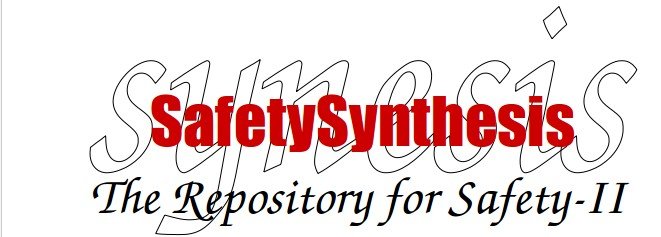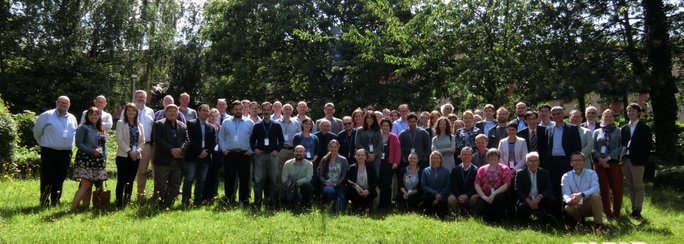(c) Erik Hollnagel, 2020
International Workshop on Safety-II in Practice
June 14-15, 2018 – Cardiff, Wales, UK
Thursday June 14 | ||
09:00 – 09:30 | Registration and coffee | |
09:30 – 10:00 | Erik Hollnagel & David Slater | Welcome and opening of workshop |
10:00 – 10:30 | Erik Hollnagel | |
Safety-II in Practice (Fit the First) | Chair: Jean-Christophe Le Coze | |
10:30 – 11:00 | Thomas Jun | |
11:00 – 11:30 | Garin Underwood | |
11:30 - 12:00 | Eva-Maria Carman | |
12:00 - 12:30 | Plenary discussion | Safety-II in Practice |
12:30 – 13:30 | Lunch | |
Understanding Work-as-Done | Chair: Alistair Hellewell | |
13:30 – 14:00 | Hillary Bennett | |
14:00 – 14:30 | Laura Pickup | |
14:30 – 15:00 | Steve Shorrock | The Varieties and Archetypes of Human Work Also in an extended form here. |
15:00 – 15:30 | Coffee and tea | |
Panel: Getting data for Work-as-Done | Chair: Alistair Hellewell | |
15:30 – 15:50 | Doug Smith | Panel Intro 1: Experiences practising Safety-II in the maritime domain |
15:50 – 16:10 | Noemi Fabry | Panel Intro 2: Applied Hermeneutics in Safety Reporting |
16:10 – 17:00 | All participants | Open discussion and debate: How can we get data for Work-as-Done |
19:00 | Workshop Dinner |
Friday June 15 | ||
08:30 – 09:00 | All participants | The first day in hindsight: Questions that weren’t asked or answered. |
Safety-II in Practice (Fit the Second) | Chair: Mark Sujan | |
09:00 – 09:30 | Bud Hudspith | |
09:30 – 10:00 | Nippin Anand | Bridge Resource Management: Are we seeking solutions in illusions? |
10:00 - 10:30 | Mark Sujan | Running a safe business – Are aviation industry leaders sold on Safety-II? |
10:30 - 11:00 | Cofee and tea | |
11:00 - 11:30 | Danielle Franklin | |
11:30 - 12:30 | Plenary discussion: | Safety-II in Practice |
12:30 - 13:30 | Lunch | |
Panel: Safety-II as a management principle | Chair: Steve Shorrock | |
13:30 – 13:50 | Tom McDaniel | Panel Intro 1: Safety-II - Rethinking Incident Investigation |
13:50 – 14:10 | Frédéric Marsac | Panel Intro 2: “Golden Days” approach |
14:10 – 15:00 | All participants | Open discussion and debate: How can Safety-II be used as a management principle |
15:00 – 15:30 | Cofee and tea | |
15:30 – 16:00 | Everyone | Summary: Workshop-as-Imagined and Workshop-as-Done. Lessons to be learned for a workshop on “Safety-II in Practice” in 2019? |
The Safety-II in Practice workshop was preceded by the 12th FRAMily meeting, which you can find here.

